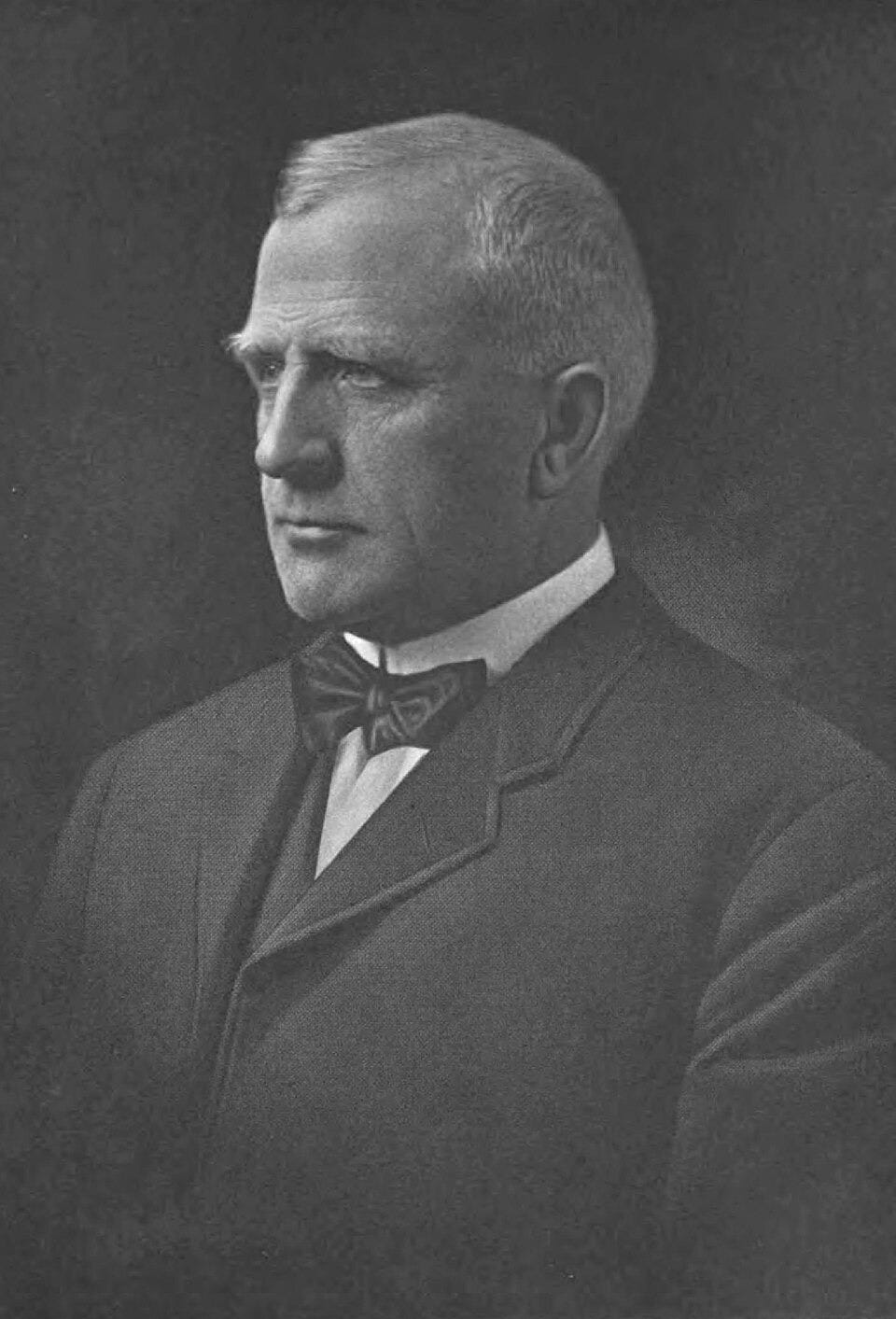When you think of taking the train, you probably don’t think of the experience as entertainment. The point, generally speaking, is to get from point A to point B. Sure, the scenery is typically rather picturesque and the novelty of the trip (at least for those Americans who don’t live in New York) might be intriguing, but it’s hardly a thrilling prospect.
But when LaMarcus Adna Thompson — a man born and raised in Licking County, Ohio (halfway between Columbus and Zanesville) and who made his fortune on manufacturing seamless women’s stocking — rode the railway, he had other ideas.
To be fair, the train ride Thompson found so exhilarating wasn’t the Transcontinental line, it was a gravity-driven coal transportation system built in the tiny town of Mauch Chunk, Pennsylvania.
Back in 1827, the town had built the line to make moving coal down the mountain easier. The downhill system relied on gravity to take loaded coal bins down the mountain and mules — later a steam system when the line was turned into a tourist attraction — to take the empty bins back up again. Apparently the miners had so much fun using the line to get home at the end of the day that they told everyone else and the line became something of a tourist attraction — which is probably how Thompson found out about it.
Thompson ran with the idea. Although it was stunningly beautiful, Mauch Chunck, Pennyslvania, was a backwater, middle-of-nowhere kind of place. What this kind of so-called “gravity railroad” needed to be successful was lots of people, and Coney Island seemed the perfect place.
At the time, the island (which the Dutch settlers had called Konijn Eilandt, a name the Brits who followed them couldn’t pronounce) was something of a resort, complete with hotels, theaters, restaurants, and its own race track. When Thompson debuted his Switchback Railway on June 16, 1884, it looked remarkably close to Robert Knudson’s patented version of a gravity railway — it was also wildly successful, paying for itself within the first month.
The ride consisted of two parallel tracks, each descending from a tower on either end. Riders had to dismount half way through the ride, climb the second tower and get back onto their benches to finish it. Despite the fact that they never topped 6 mph (Thompson later developed scenic versions of the same ride since it was so slow), the contraption is technically considered the first roller coaster.
The ride was eventually dismanteled and replaced when Granville T. Woods installed his Figure-Eight roller coaster (a model that didn’t require flights of stairs for users) in 1904.




